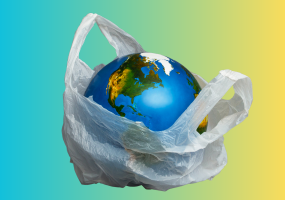
Fine delicacies of Piemonte in Acqui Terme.
The United States Department of Agriculture (USDA) announces a class one (Class I) recall of nestle hot pockets issued by Nestlé Prepared Foods, an Mt. Sterling Ky establishment that is why if you have it in your fridge or you plan to get it later for your grocery shopping, the trash that thought.
In a USA Today report, about 762,615 pounds of pepperoni pizza hot pockets were issued for recall as announced by the USDA are being shipped nationwide and produced in November. This makes it more dangerous because the interval of the production took time.
Yahoo! News notes that the frozen stuffed sandwiches are shipped to stores nationwide and are being recalled because it is allegedly contaminated with extraneous materials such as glass and hard plastic pieces.
USDA notes that the problem was discovered when there are four complaints of the said material in the pepperoni hot pocket product, which resulted in a reported one oral injury the product was consumed.
They added that the Food Safety and Inspection Service (FSIS) did not receive any additional complaints or reports of injury or illness from eating the said product.
Read also: Listeria Contamination: FDA Recalls Variety of Fresh-Cut Fruits From Walmart Stores
Nestle Hot Pockets
The USDA describes the product with a 54-oz carton packaging that encompasses Premium pepperoni made with pork, chicken, and beef pizza garlic buttery crust.
They add that the product has a best before February 2022 and lot codes 0318544624, 0319544614, 0321544614, and 0320544614. Also, Yahoo! News points out that the boxes also possess establishment number EST. 7721A inside the USDA mark inspection.
The US Department of Agriculture classified the recall to be class one, which is alarming. According to USA Today, class one defines a health hazard situation wherein there might be a probable reason that the product may cause harm and even mortality.
This only means that any product consumption, though not yet proven, may have the capacity to harm the body, taking note that there may be pieces of glass and hard plastics in your favorite hot pocket.
USDA's release notes that the FSIS is concerned because it can be frozen in the consumers' freezers. That is why they recommend not to consume the product if ever the product lands in their freezers and dispose of it or return it to the store for safety.
How do Extraneous materials contaminate food?
Although it is a bit odd for products to have these, even if they have the most sensitive quality control, Global Food Safety Resource notes that many would agree that it is impossible to eradicate all physical hazards in food production. Canadian Inspection also adds that unavoidable extraneous materials may occur in food as a product of a processing system or something inherent to the product itself. That is why Capella Innovations points out that an analysis of extraneous material is vital in selecting both raw materials and food manufacturing because their presence is unpleasant and may cause hazards.
Check your freezers if you have the Nestlé hot pockets and note the product mentioned above details before consuming it. Remember that food safety shall also be a priority in the family for avoiding serious scenarios that can cause panic and grief.
Related Article: Nestlé Announces Acquisition of Freshly for $950 Million
WATCH: Nestle Recall 760,000 Ponds of Hot Pockets From CBS Pittsburgh









